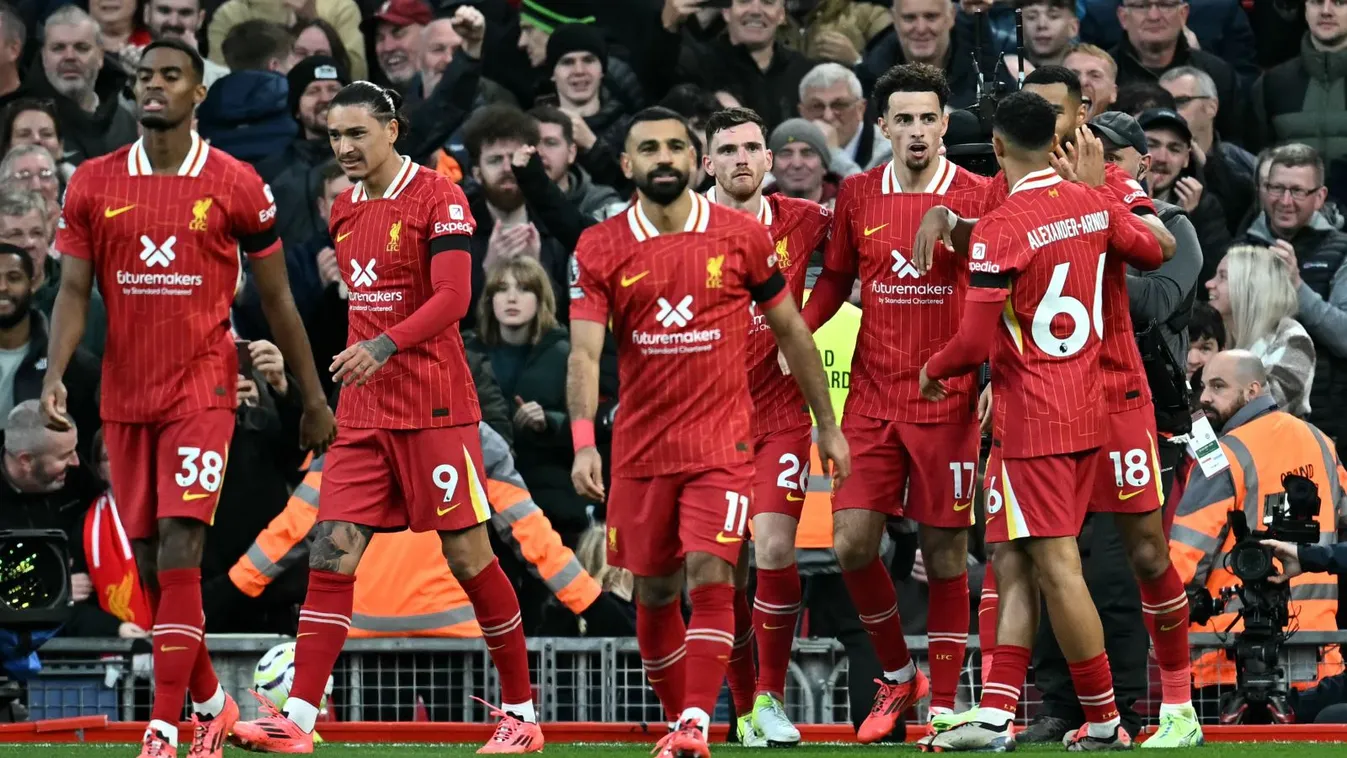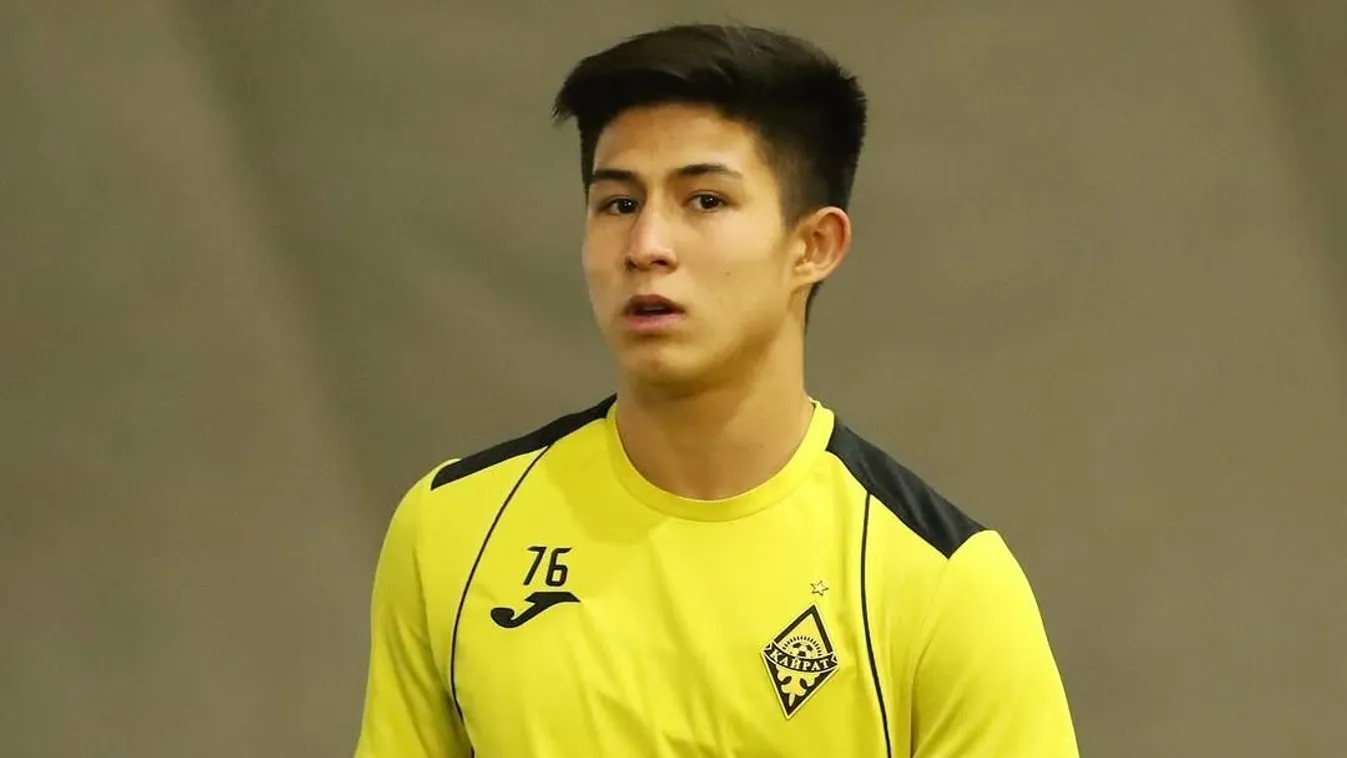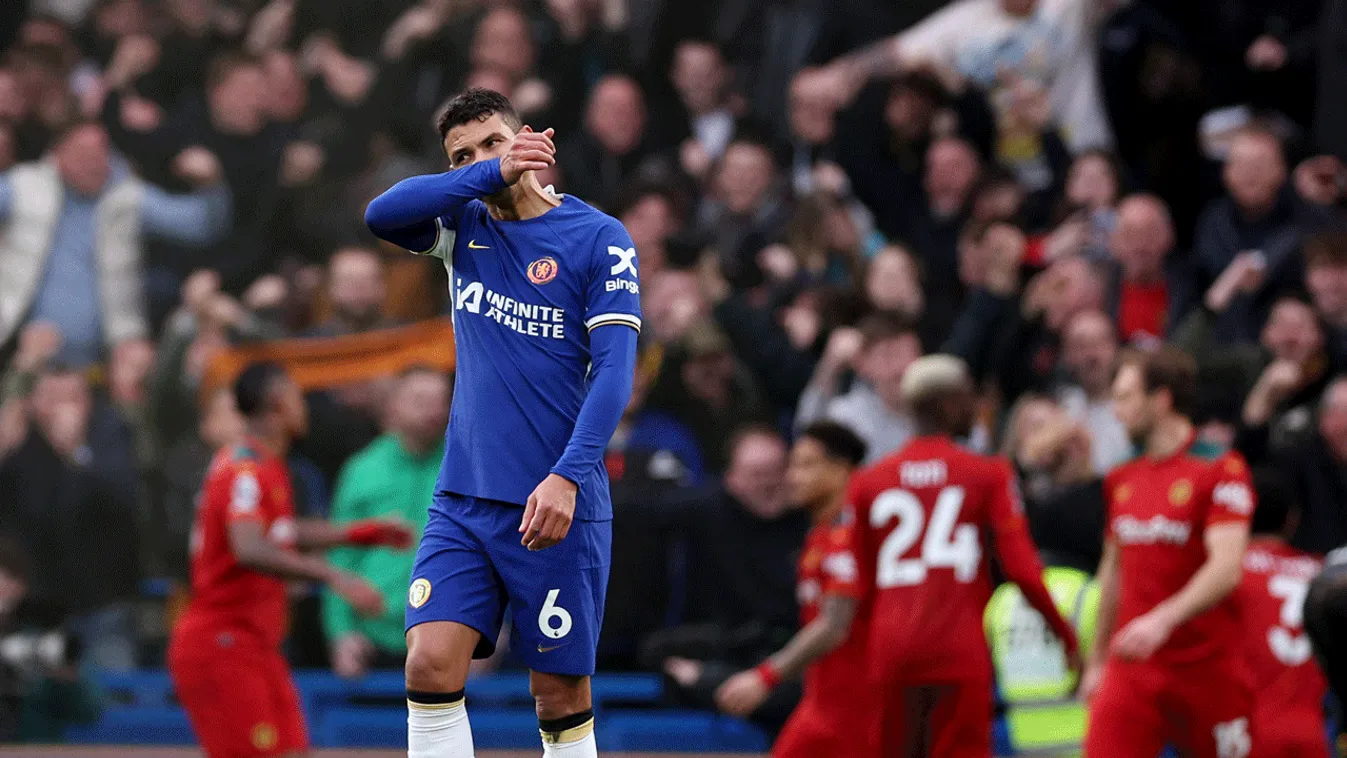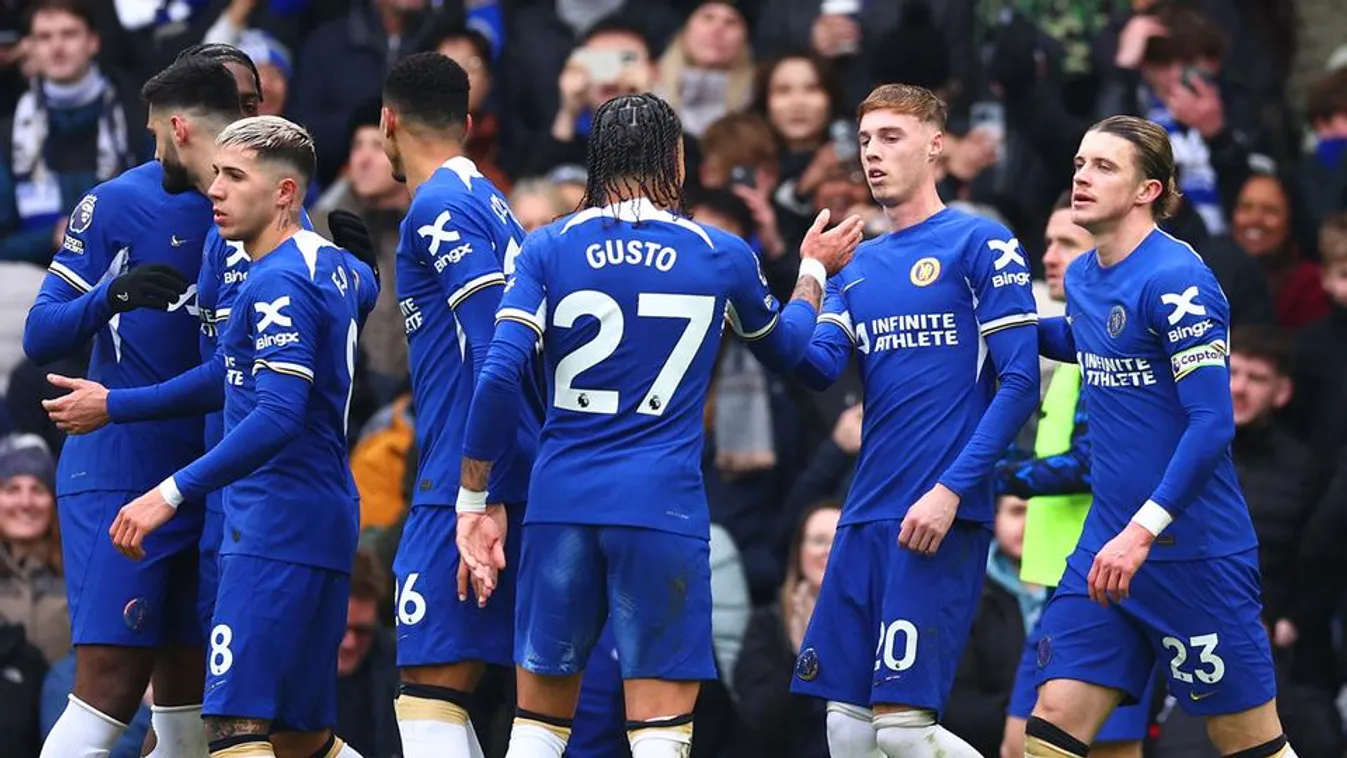Chelsea jersey in honor of the Hungarian Golden Team
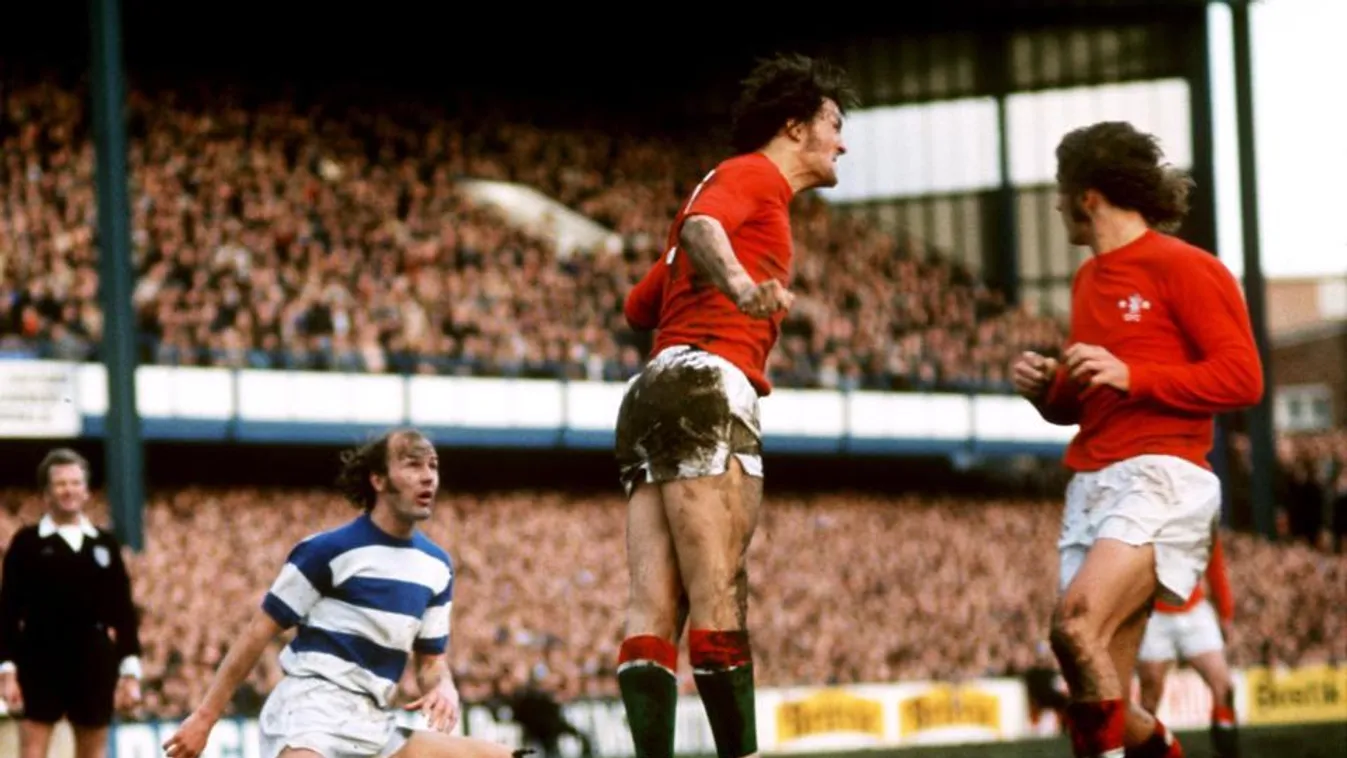
Red, white and green Chelsea outfit in honor of the Hungarian national team? It sounds odd, even though, as we mentioned in our previous article on Anglo-Hungarian football relations, there was actually one in the 1970s! A retrospective of the jersey history published on the London club's official website in 2018 reads: "In 1972, manager Dave Sexton opted to pair a red shirt with white shorts and green socks, in homage to the famous Hungary team of the 1950s.”
Actually, it is the former away outfit, and the number one kit was designed with the traditional blue color (white, sometimes yellow, was used as an accompanying color in the 1970s). If we can believe thematic site historicalkits.co.uk's season-by-season reports, Chelsea used the colors of the Hungarian flag in some combination between 1972 and 1977, and some retro kit providers still sell exceptional pieces. For example, a jersey combining red, white and green in vertical stripes costs thirty pounds, but an internet retailer also offered a red, white and green Chelsea flag for ten pounds.
Why did the coach who managed the London team from 1967 to 1974 insist on expressing his affection for the Golden Team with the colors of the club?
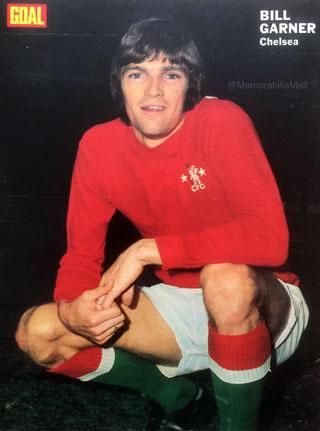
“Not many people thought that England would actually be beaten,” – wrote the book's author, Graham Morse. –Ron Greenwood recalled that Dave Sexton, Malcolm Allison and Jimmy Andrews (all players who were going to become outstanding coaches) had gone to watch the Hungarians warming up before the match in the old greyhound area outside the stadium. The visitors had been told they could not use the pitch so they found this bit of grass at the back, and Jimmy Andrews happily told the story of how he pointed at one of the Hungarian players and said to Malcolm Allison: ‘Look at that fat little chap there... we will murder this lot.' The fat chap was Ferenc Puskas, widely regarded as one of the greatest players of all time!”
The anecdote does not cover the continuation, but it is clear from the English history of football that each of the named onlookers was impressed by the Hungarian national team's performance in the match. Greenwood, who led West Ham United to a UEFA Cup Winners' Cup victory in 1965 and worked as England head coach from 1977 to 1982 was particularly impressed. But Sexton, who helped Chelsea to the FA Cup in 1970 and the European Cup Winners' Cup in 1971, was also known by his contemporaries as a "Hungarophile" coach. As for Chelsea's red, white and green outfit: when we were preparing our thematic magazine "Hathárom" or “Six-Three,” published in 2003, we approached Rick Glanvill, the historian of Chelsea at the time, who, with English reticence, was even more cautious than the club's website about the Golden Team-inspired theme: "There is no doubt that our manager was a great enough admirer of the Hungarian football style to follow it in appearance as well. He saw the 1953 match in person and spoke fondly of the influence of how the then-unknown total football by Puskás and his team influenced his thinking. As a young coach at Chelsea, he sought innovation, looking for flexible, intelligent but disciplined players - the opposite of English footballers in the 1953 national team. However, I found little evidence that the red, white and green kit was introduced at the club at his request. Umbro was Chelsea's jersey supplier at the time and most of the time, the team played in the uniforms they had received from the company."
Translated by Vanda Orosz
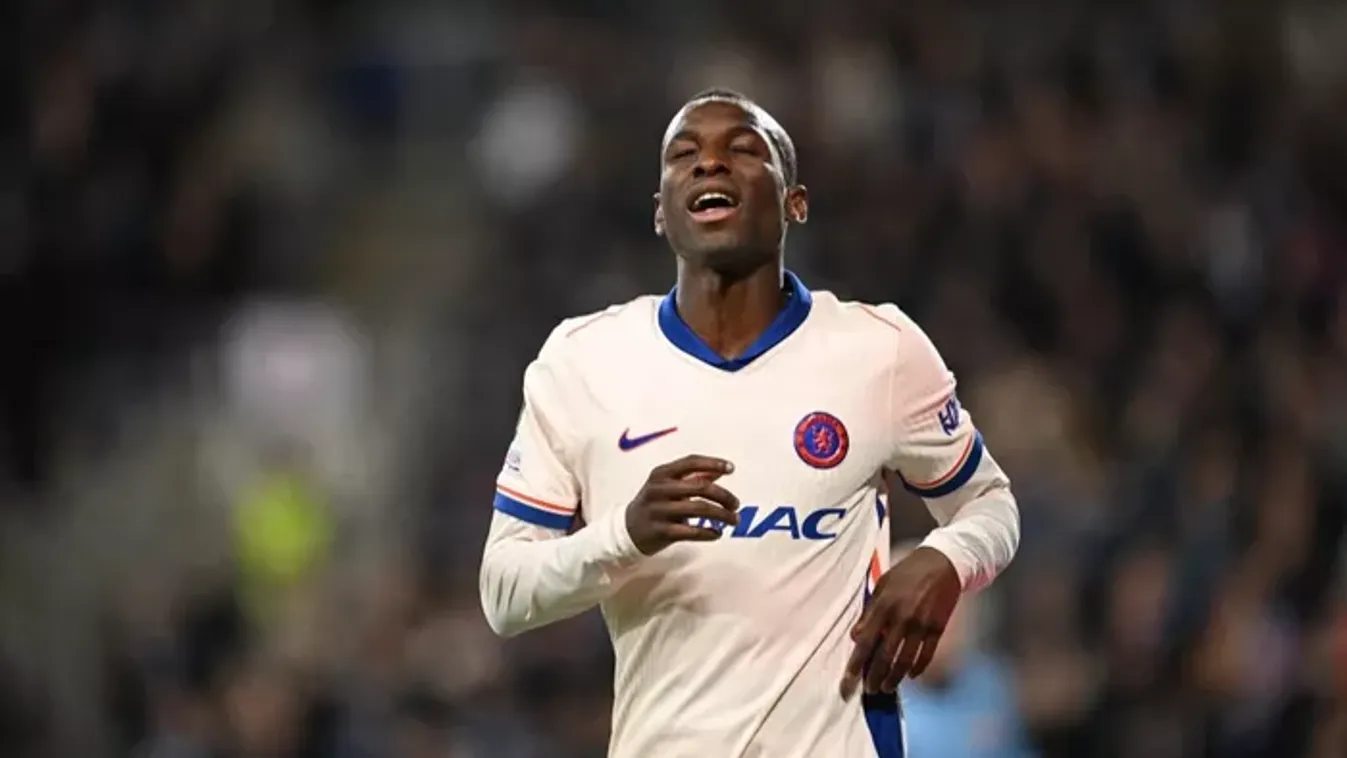
Nicolas Jackson Németországban köt ki – sajtóhír
